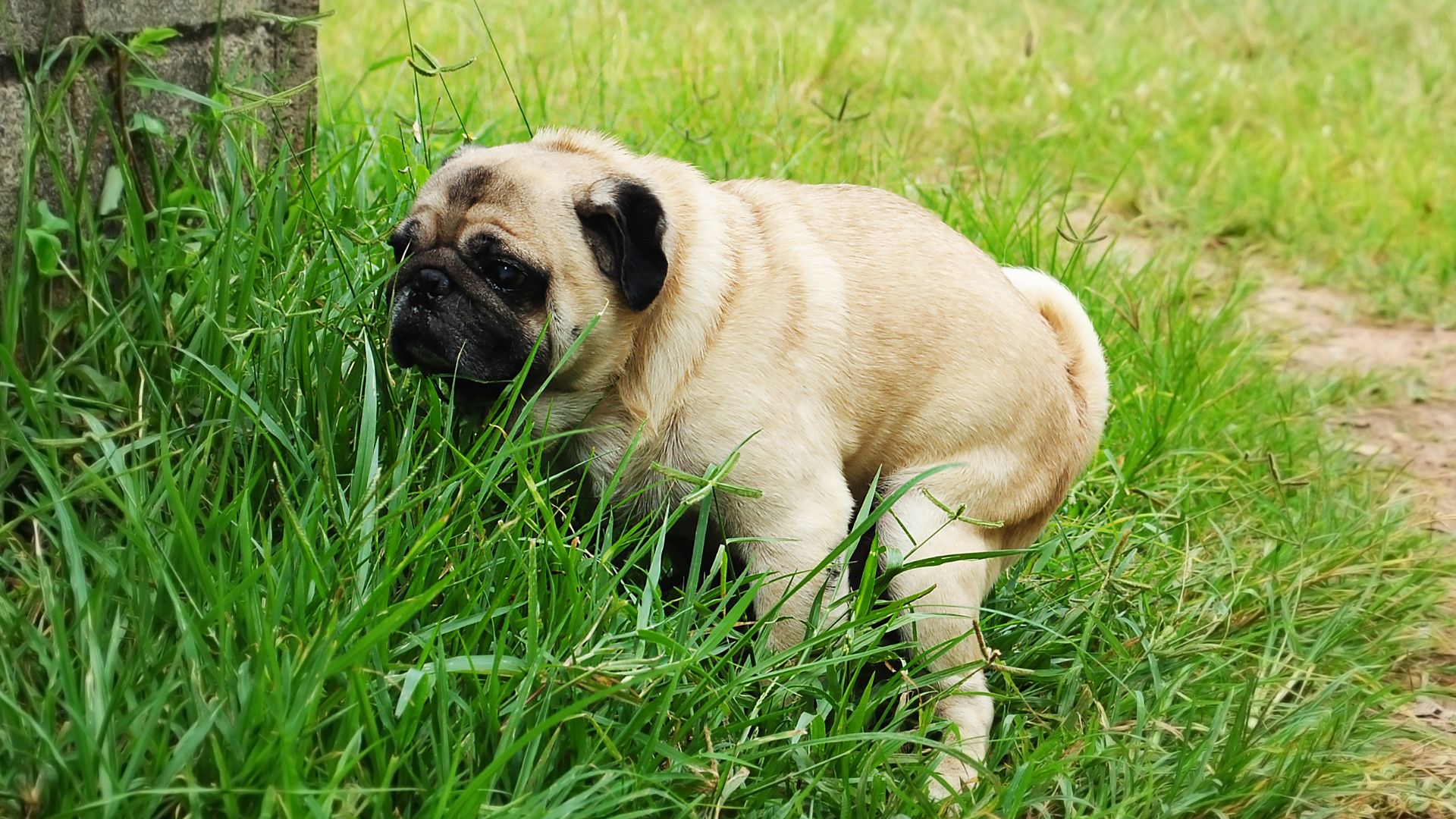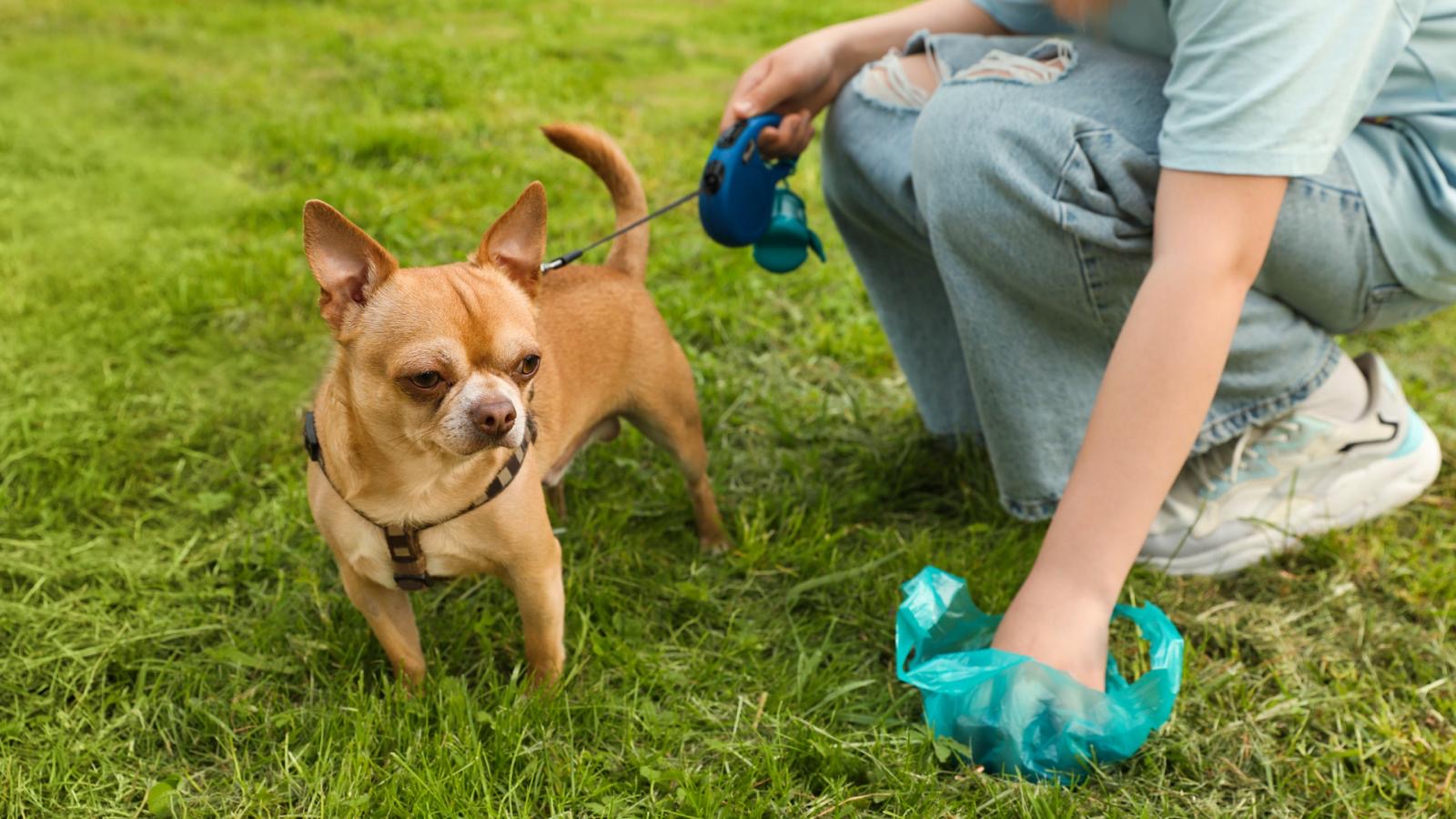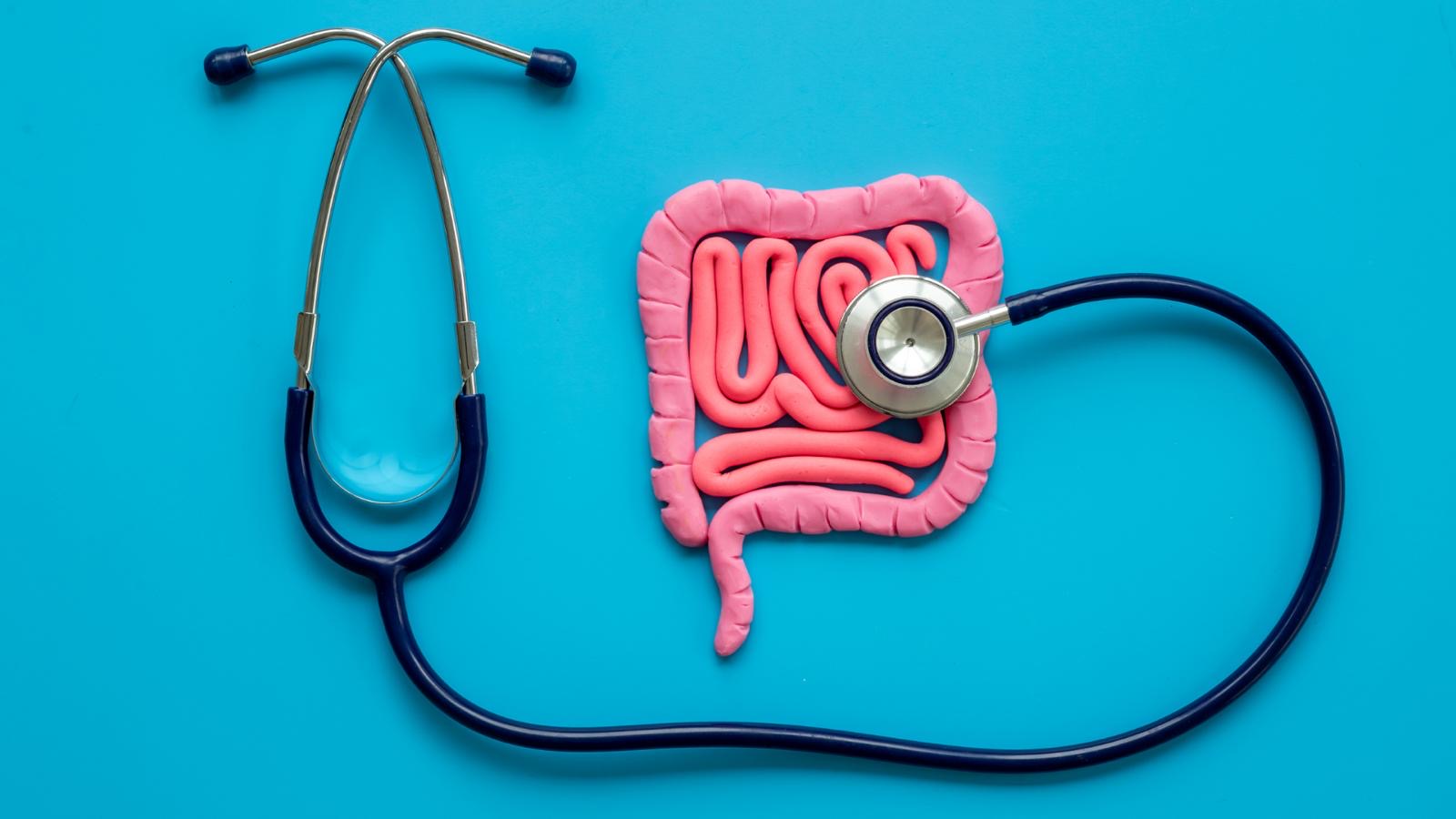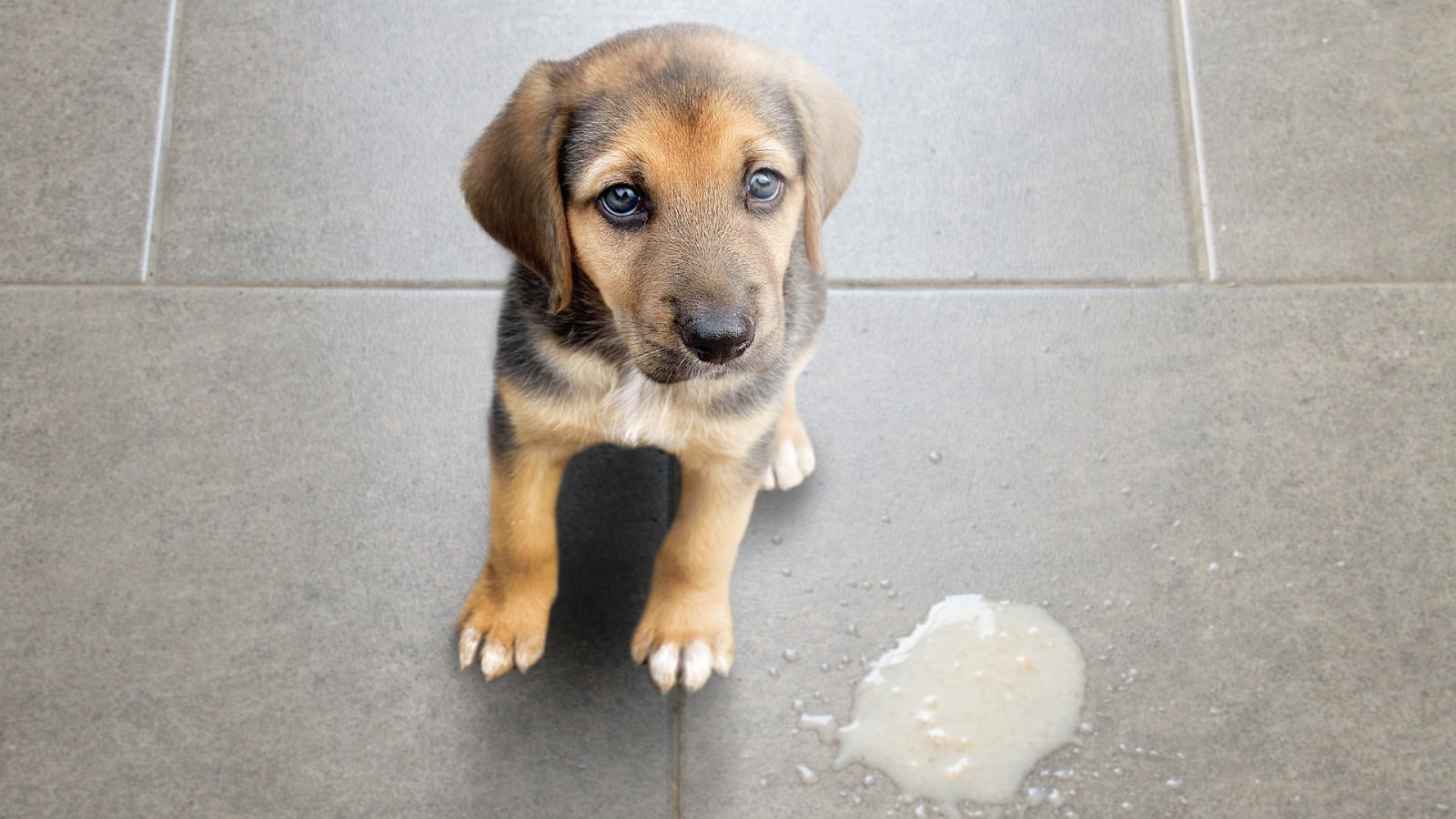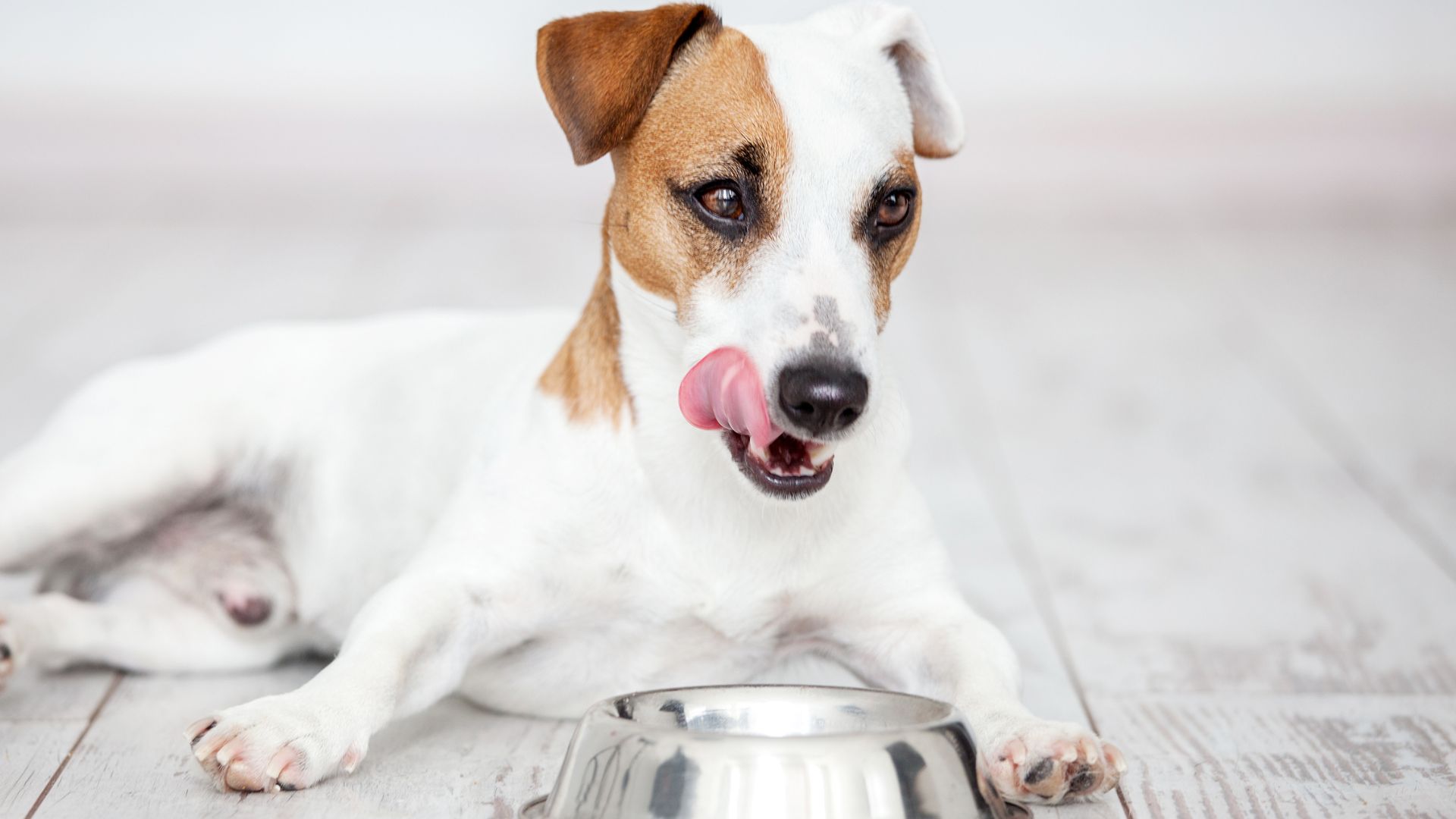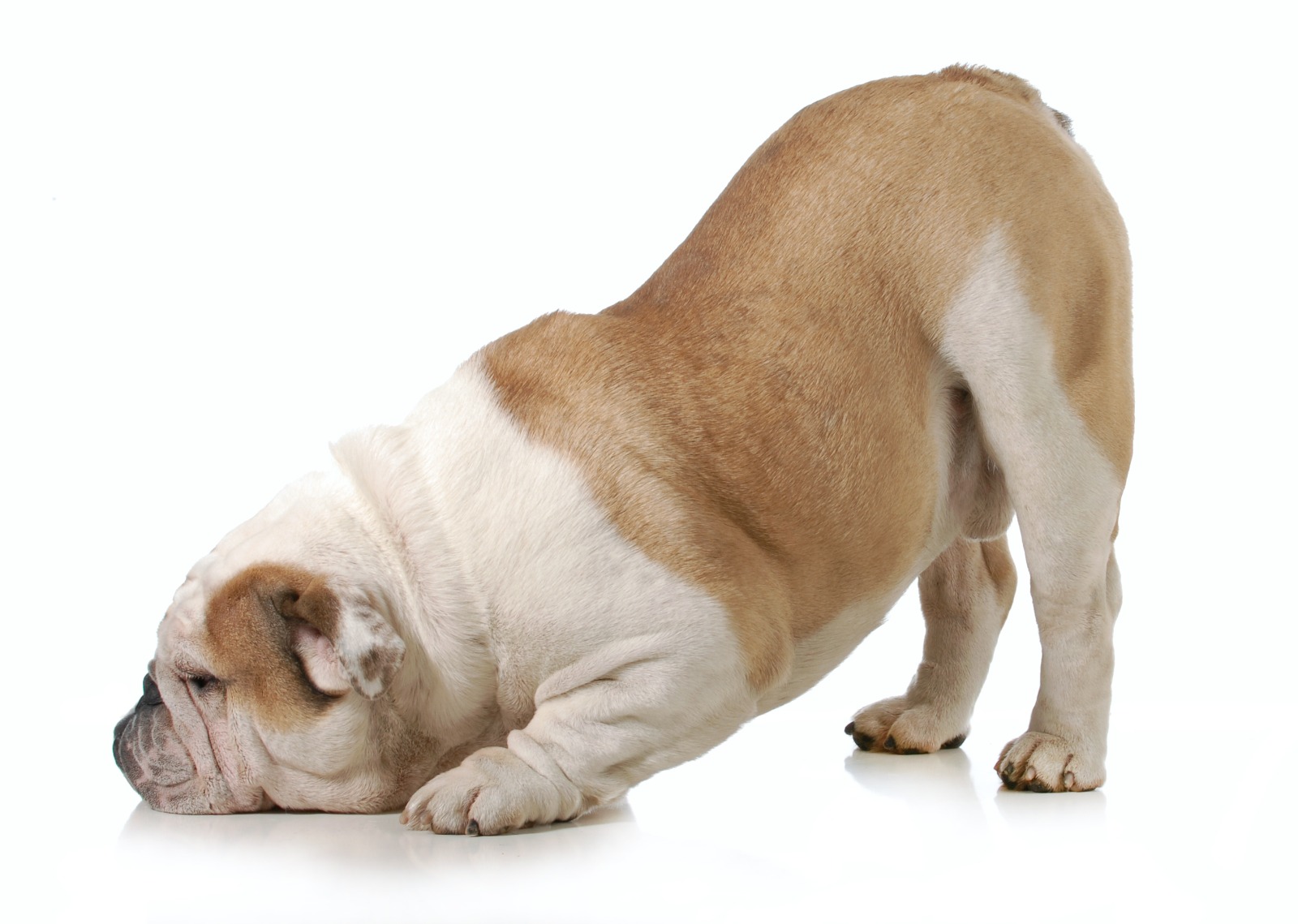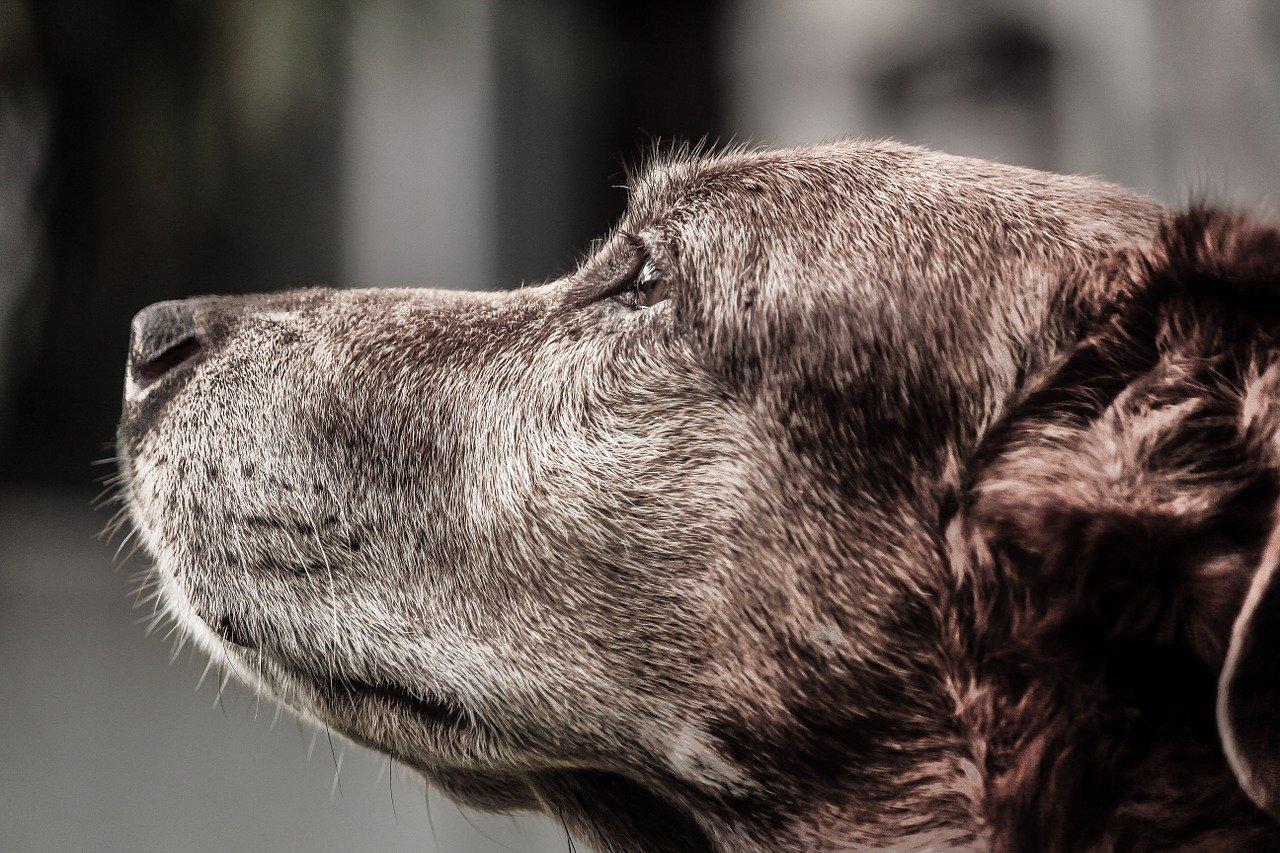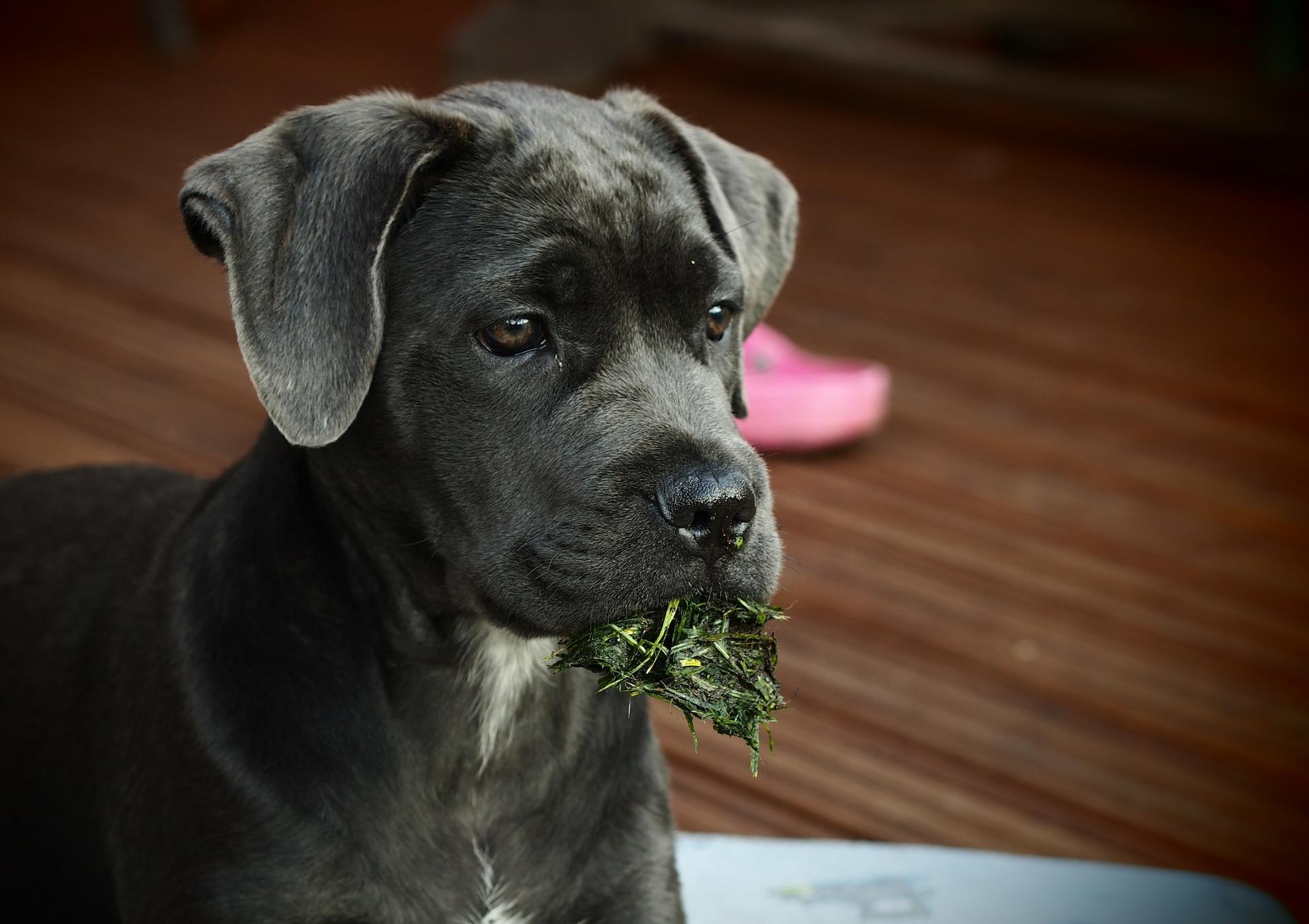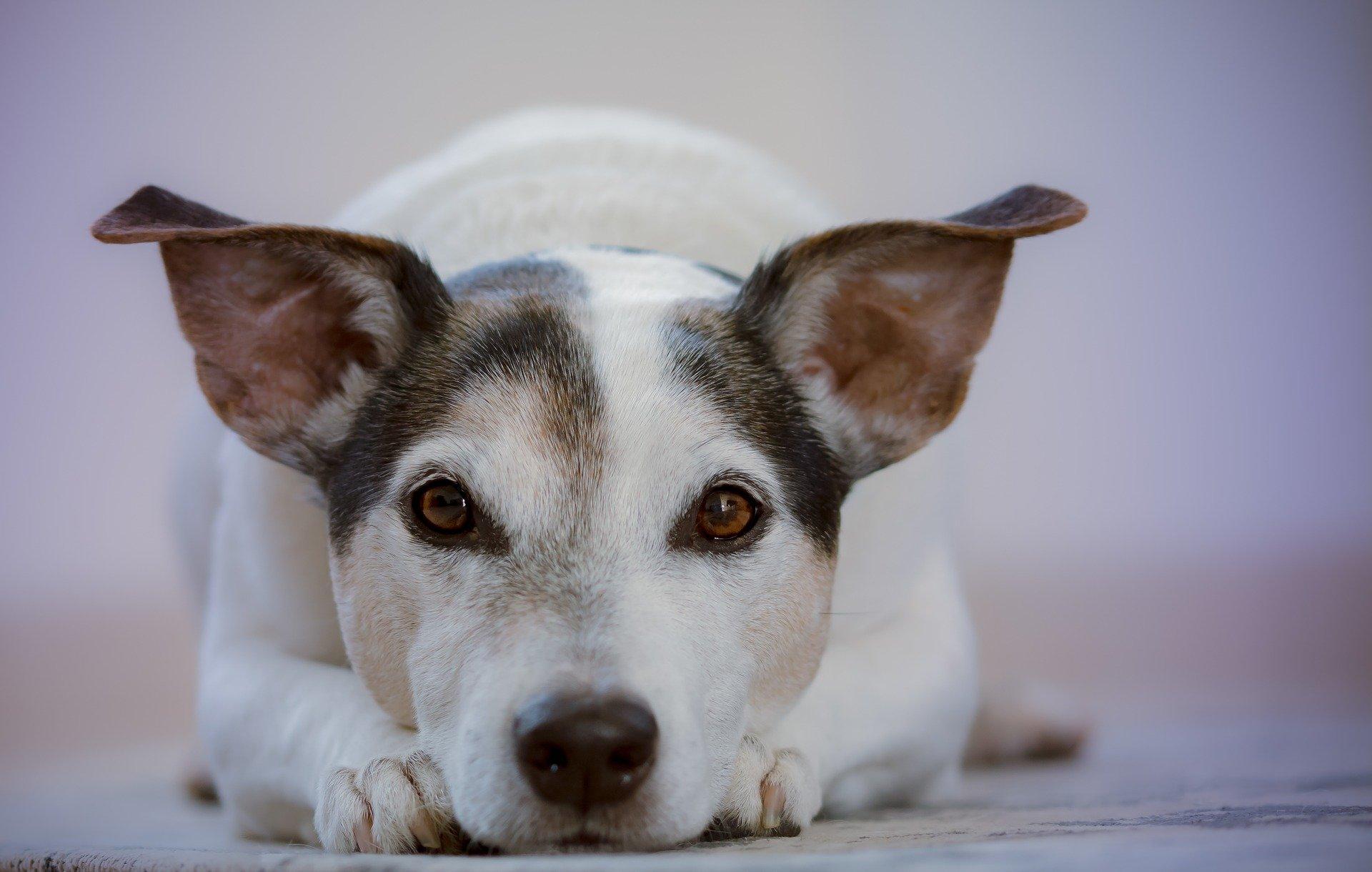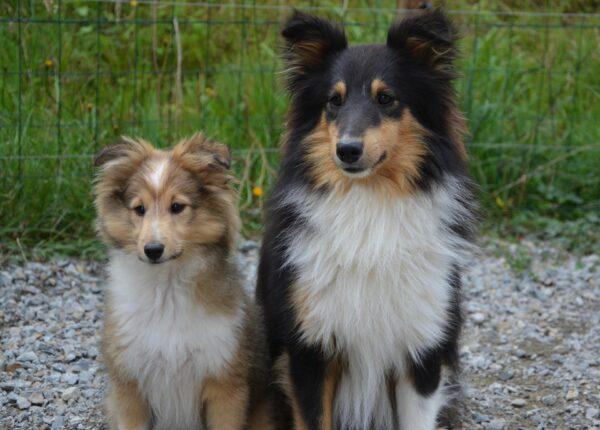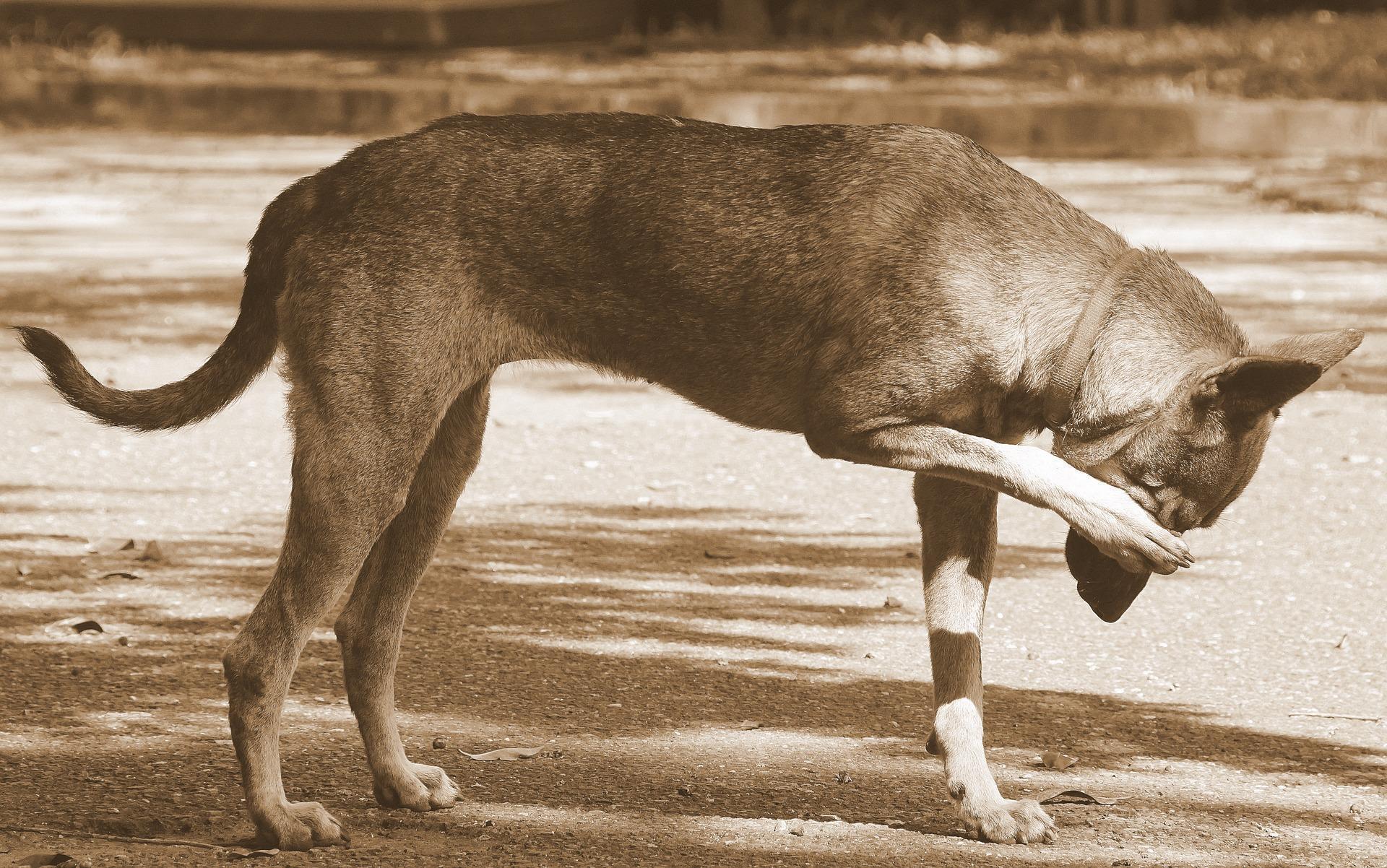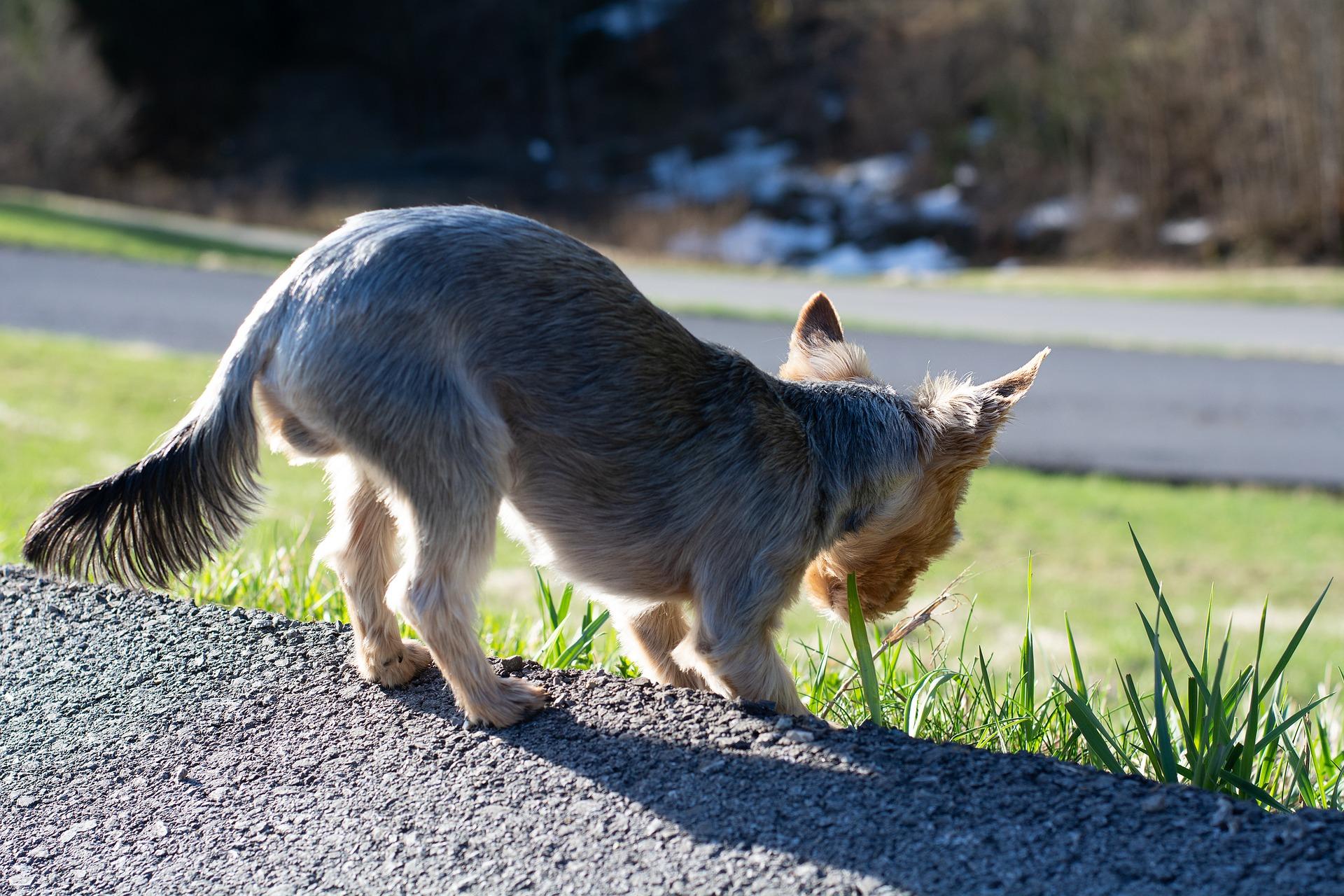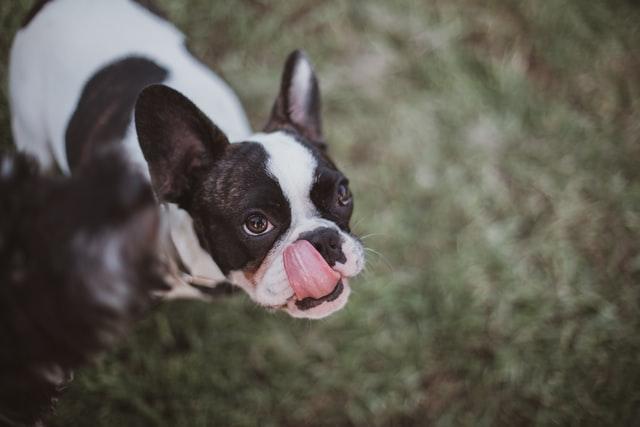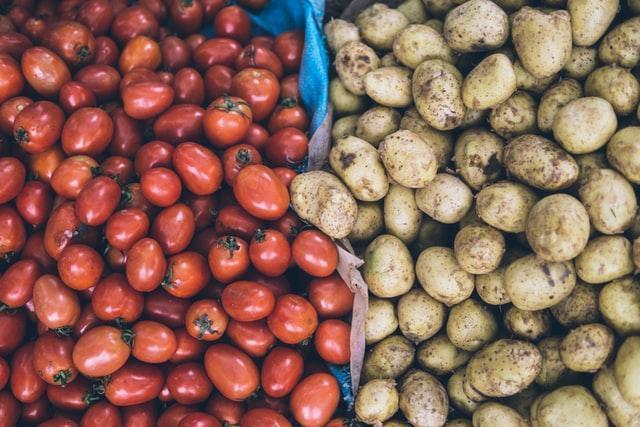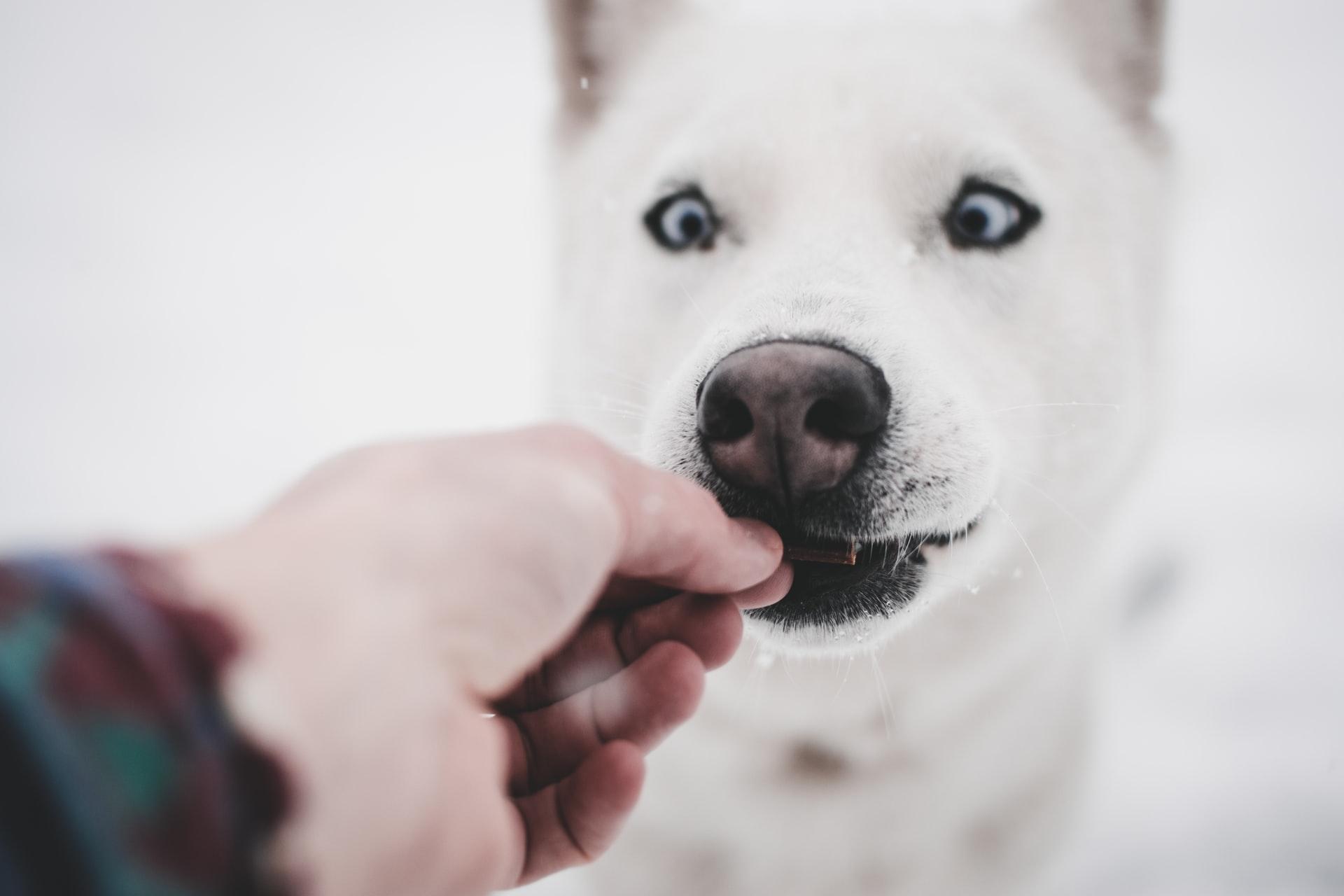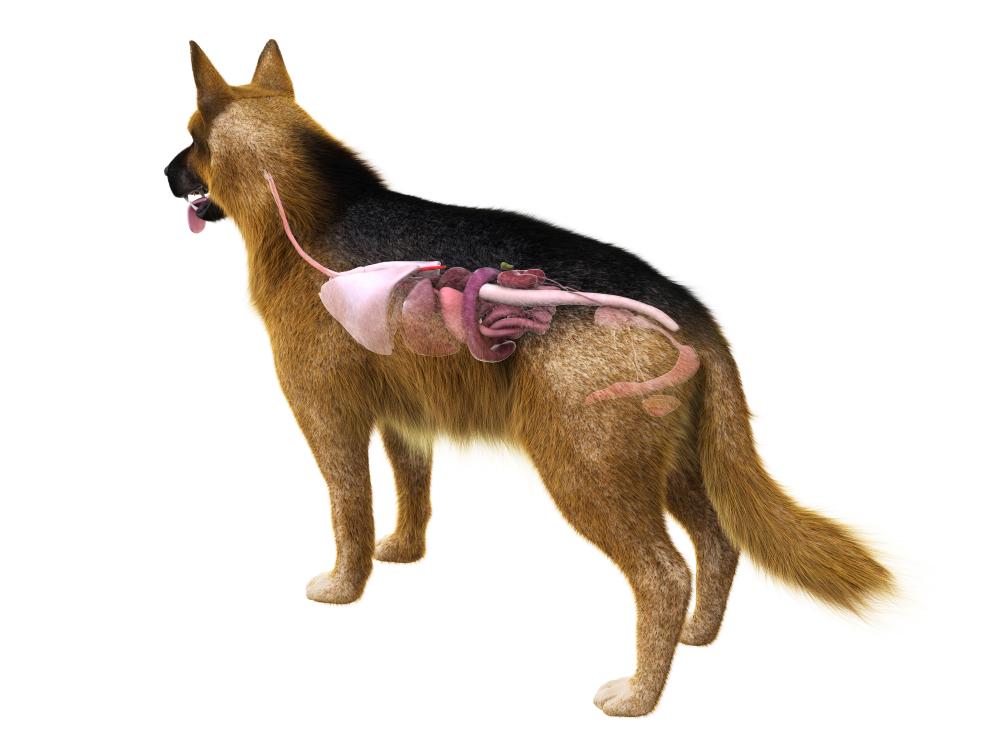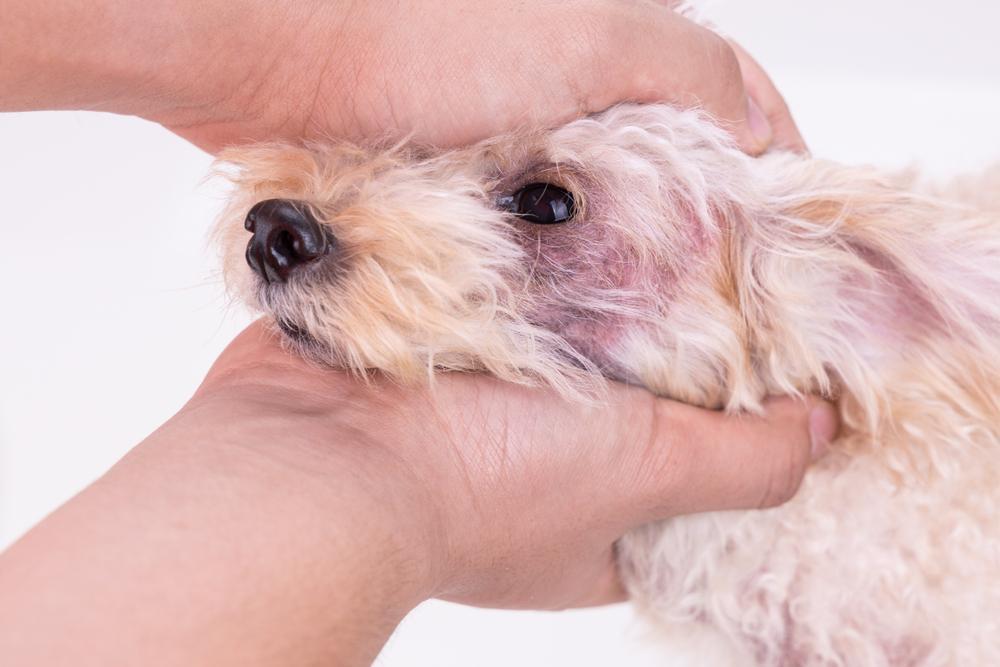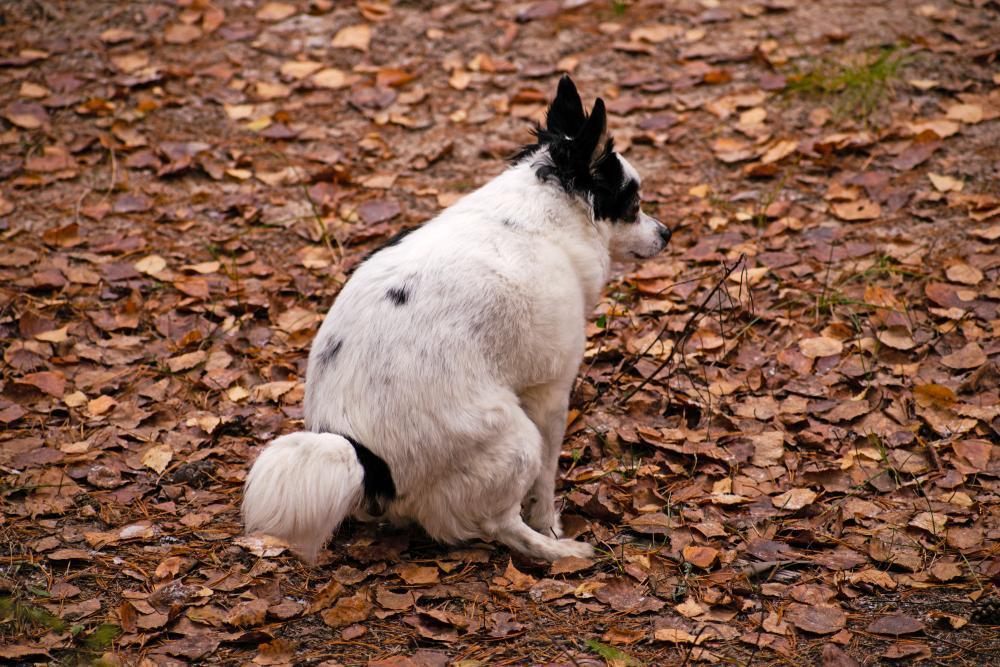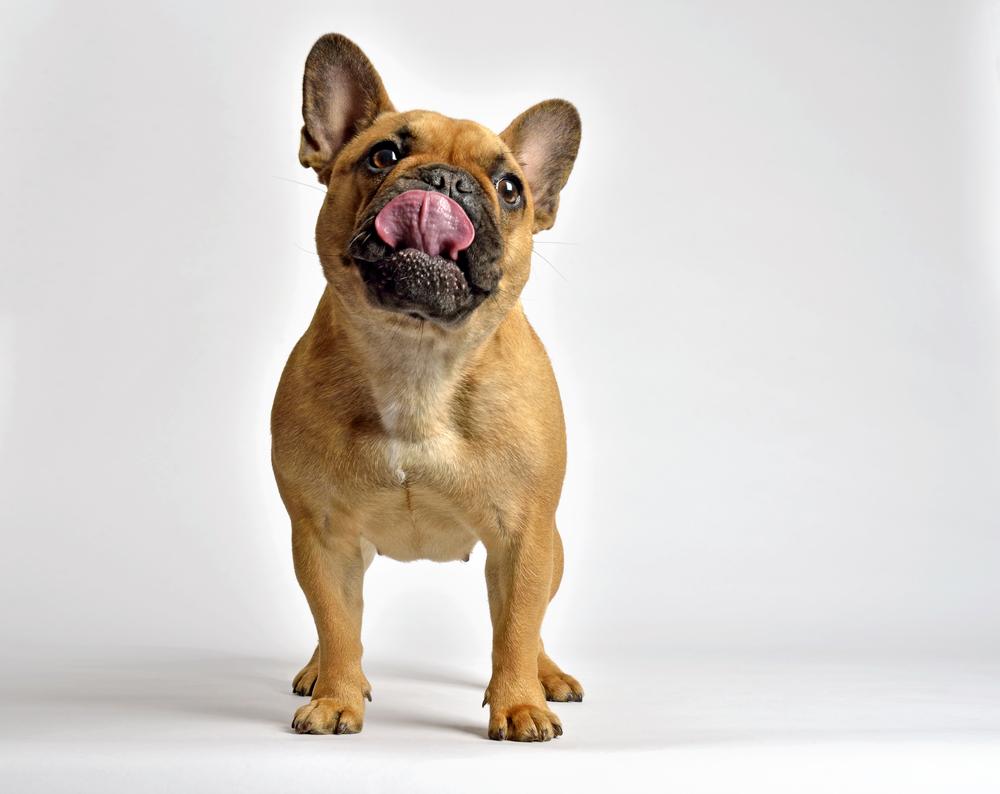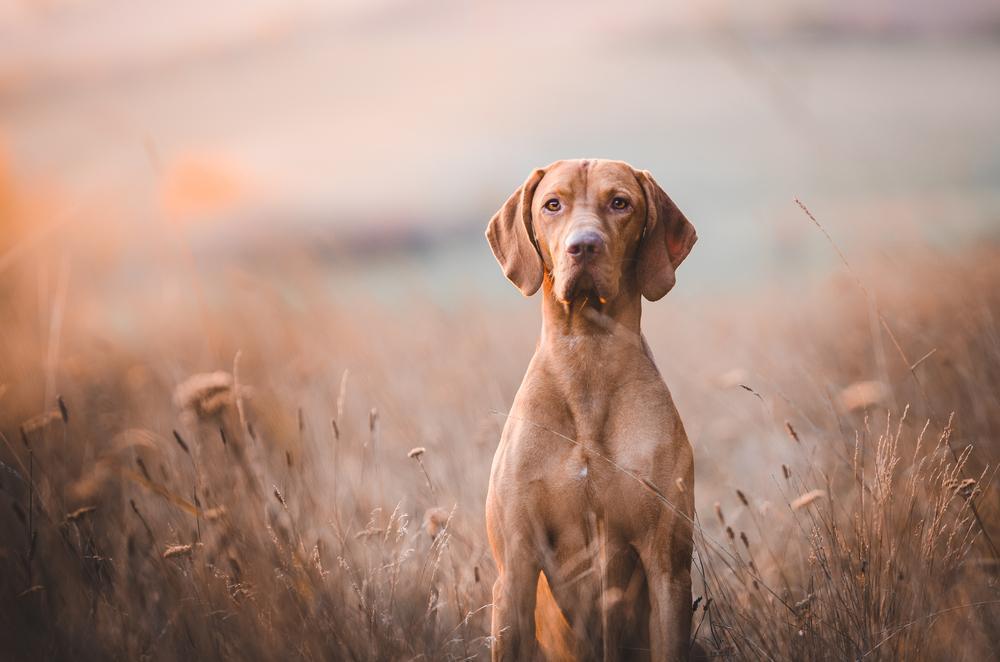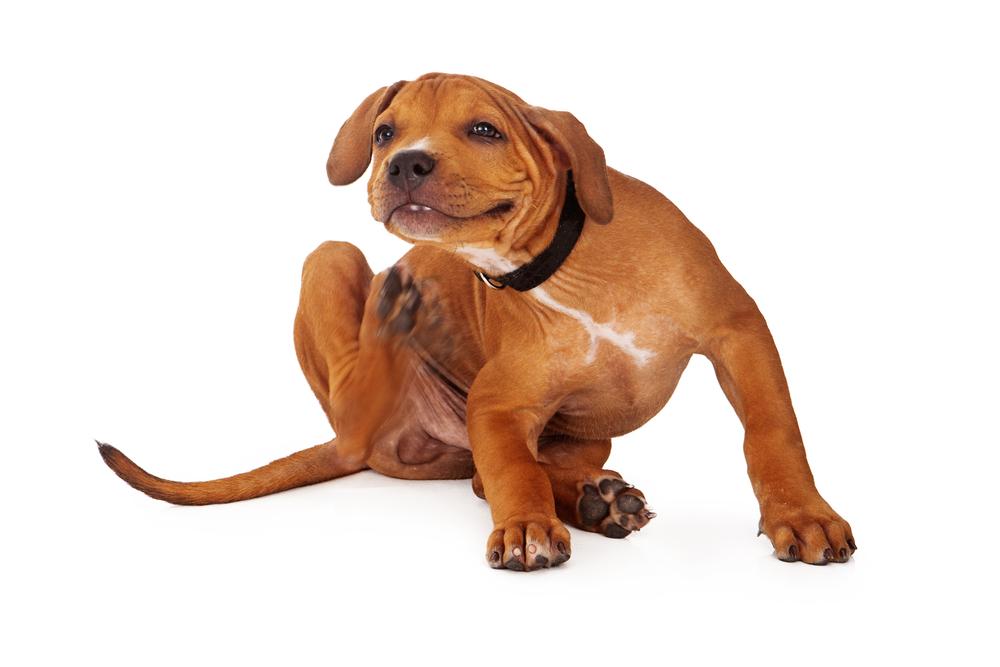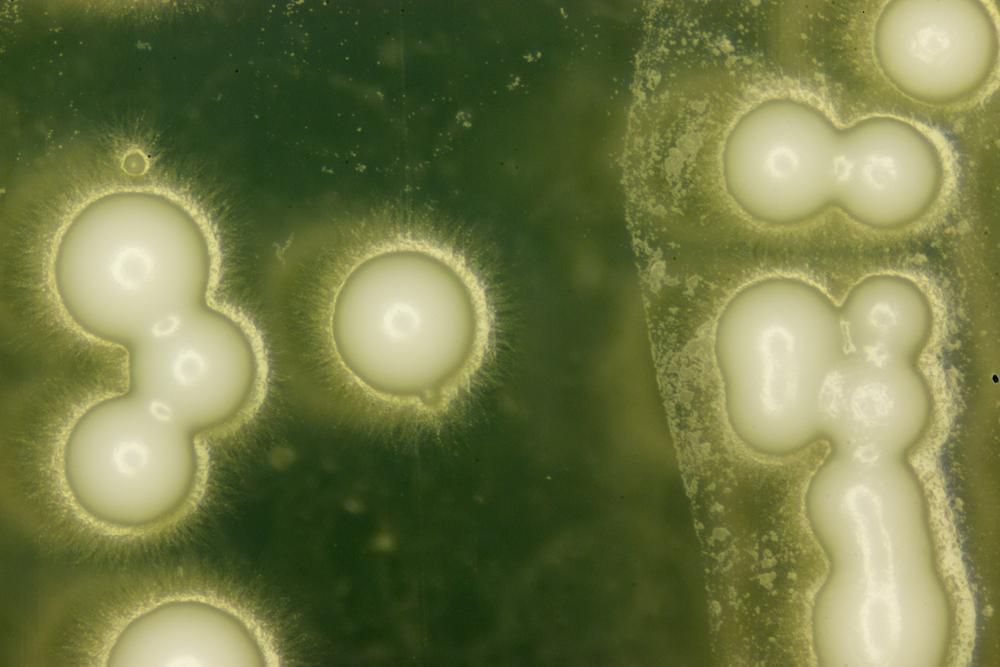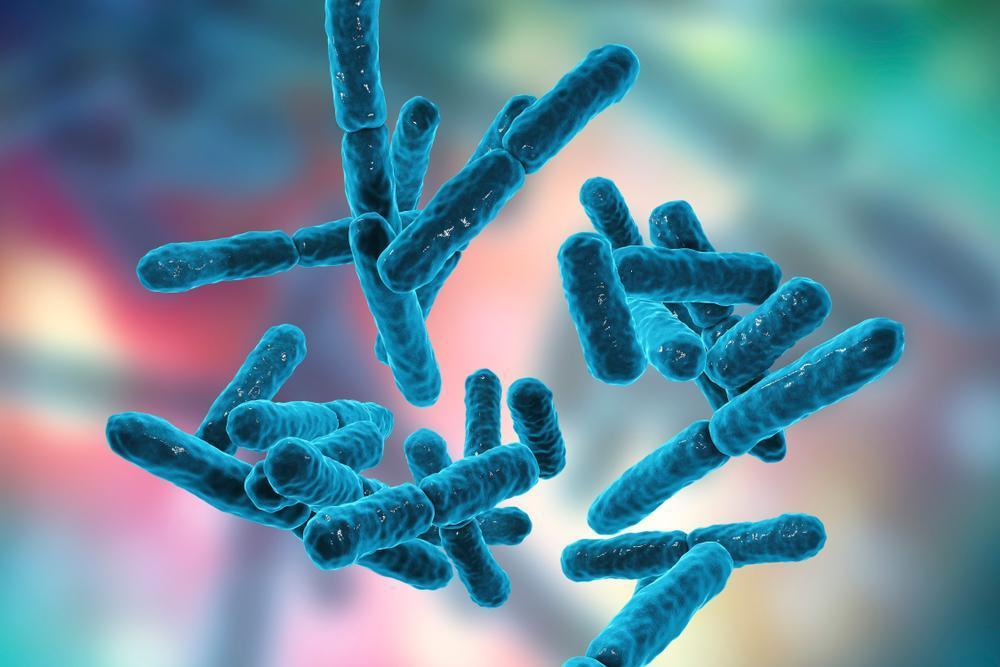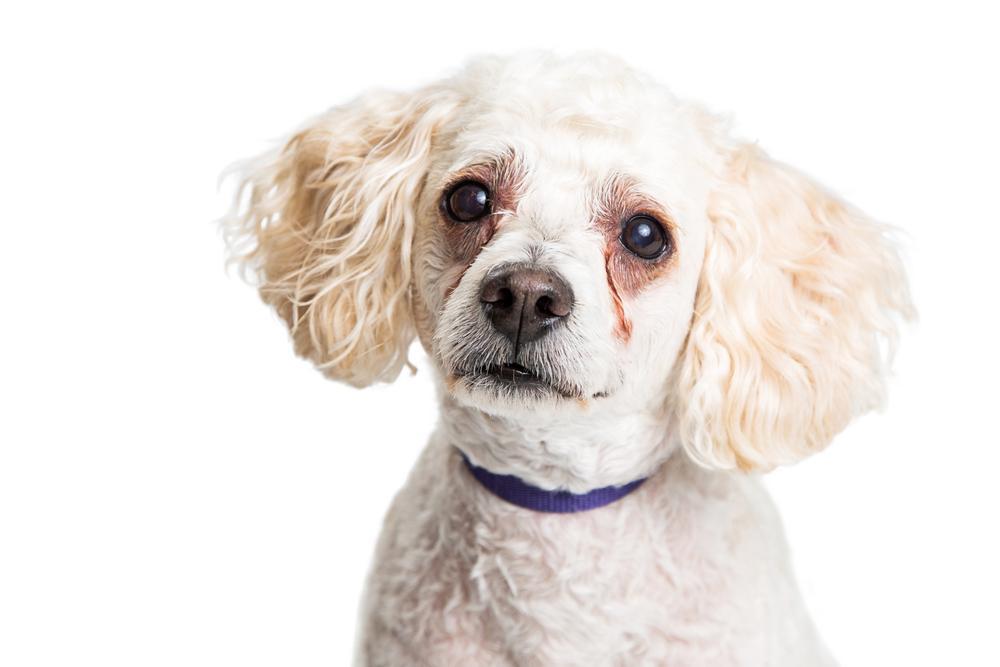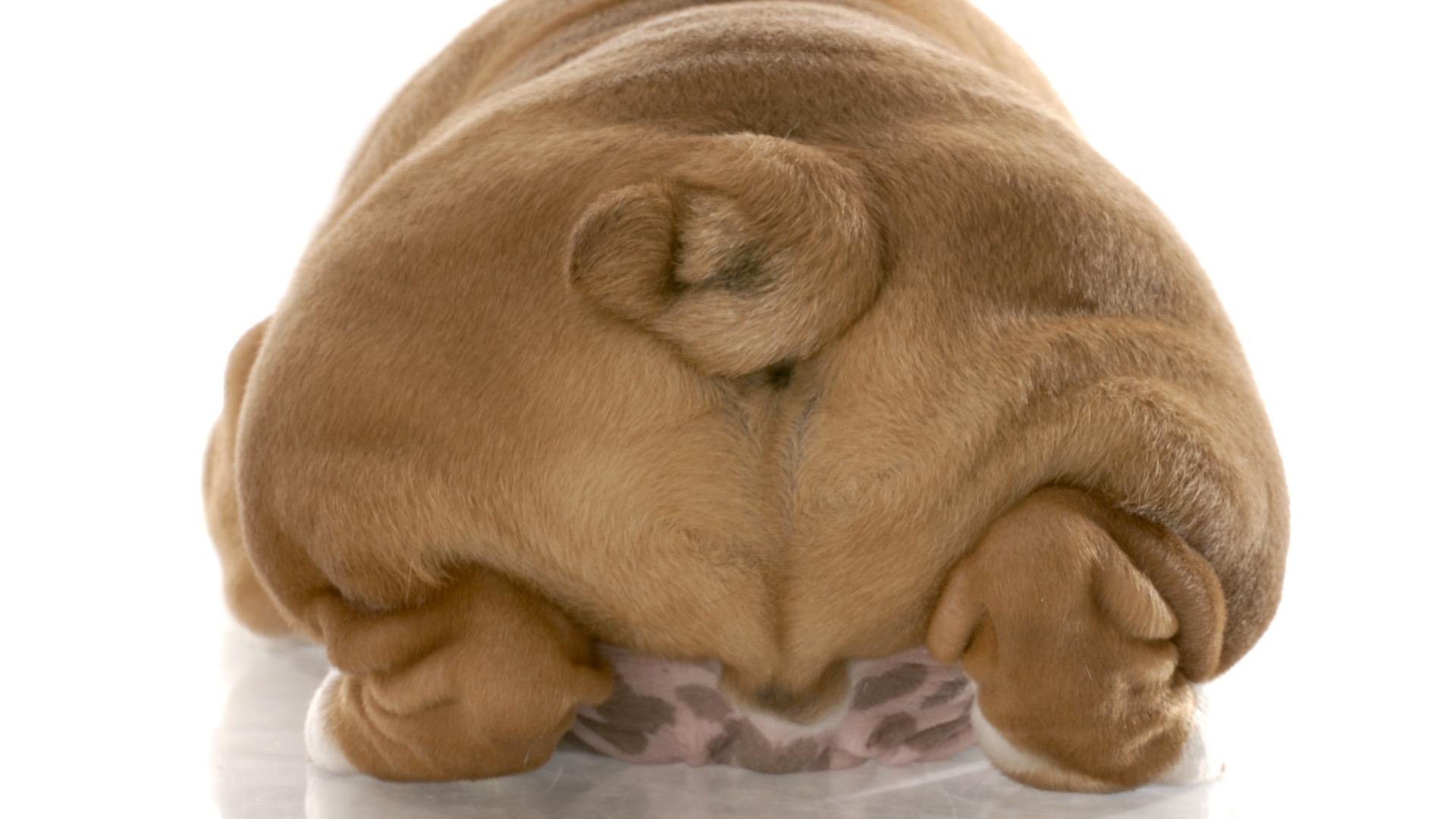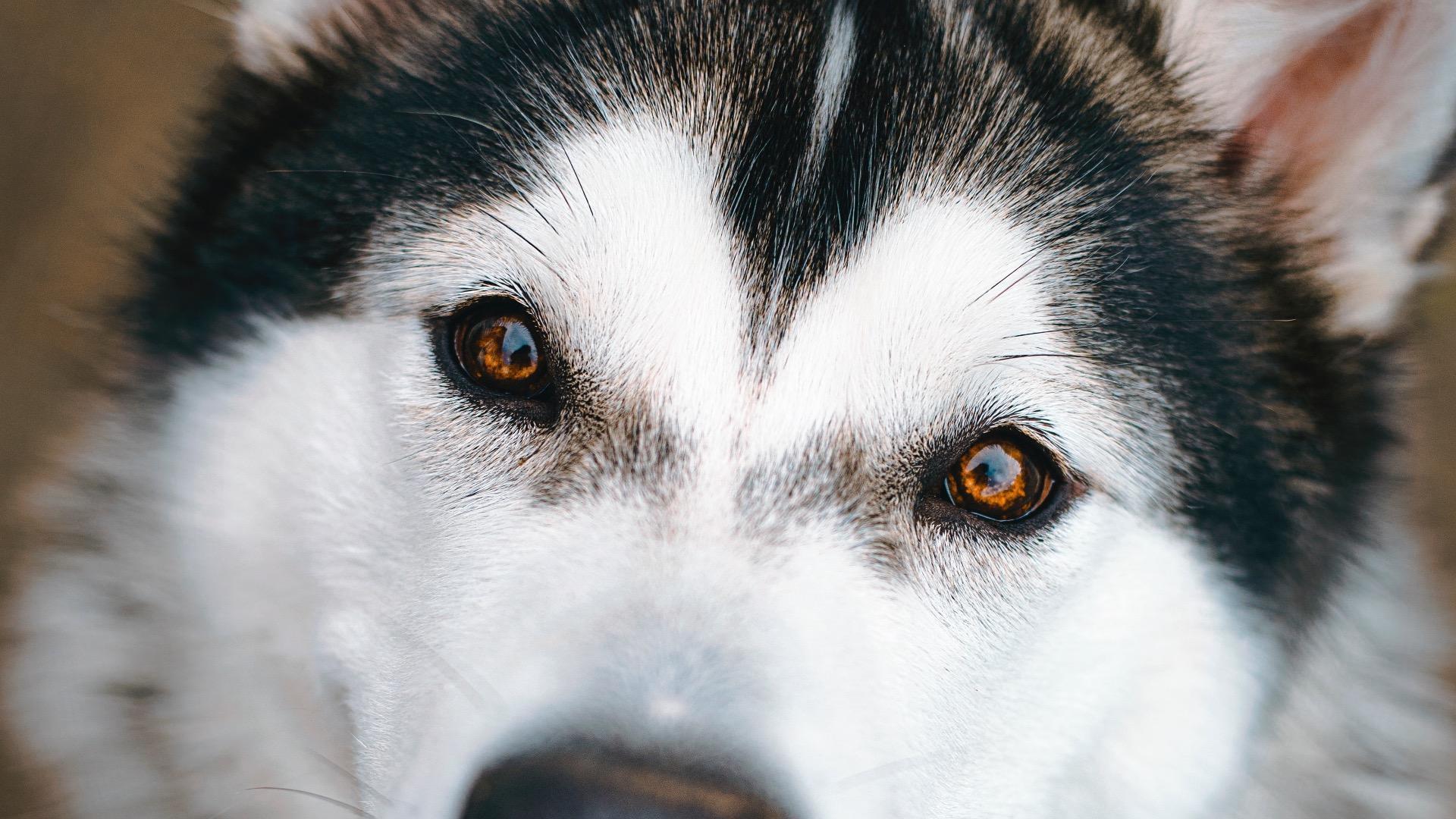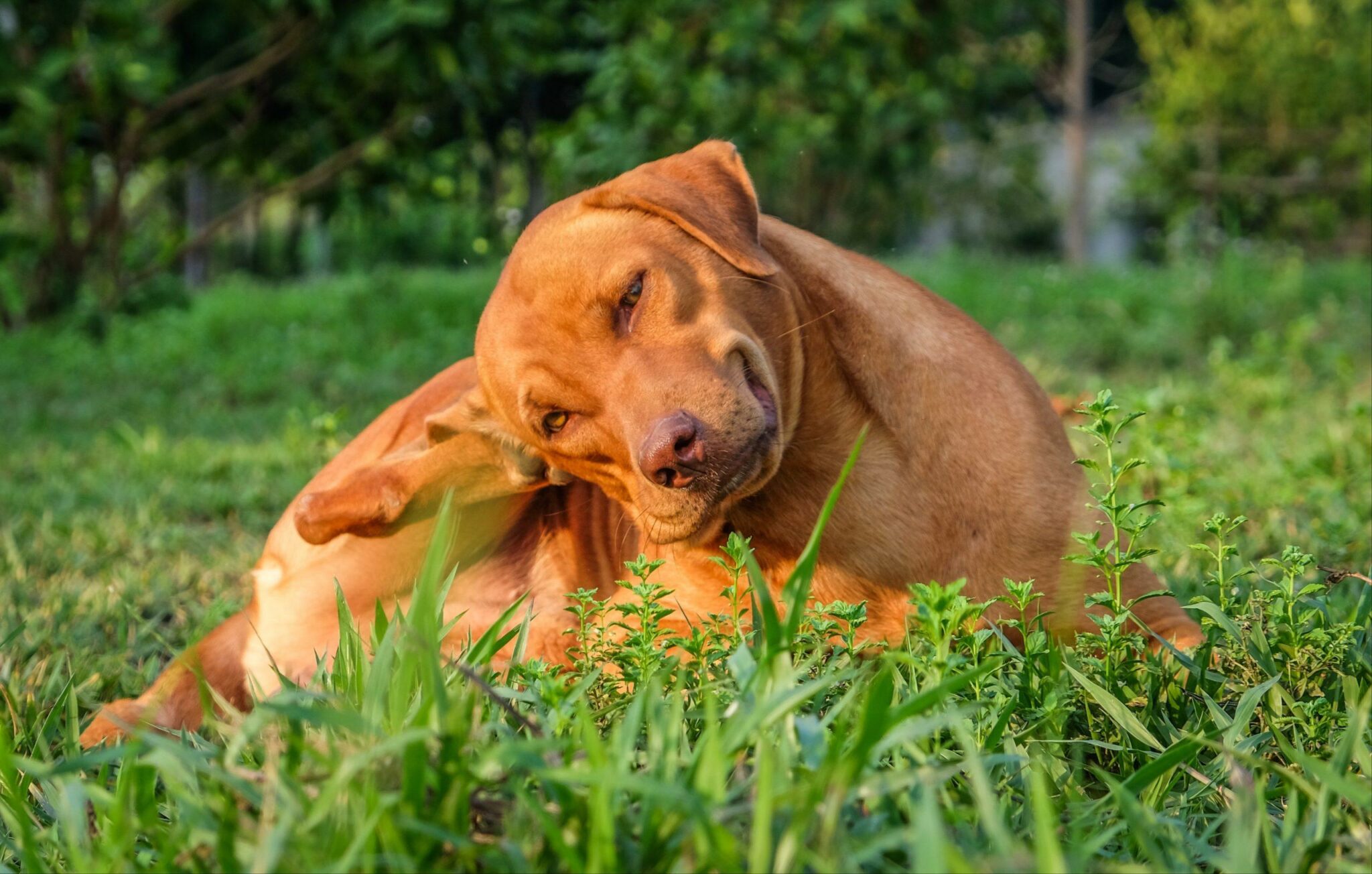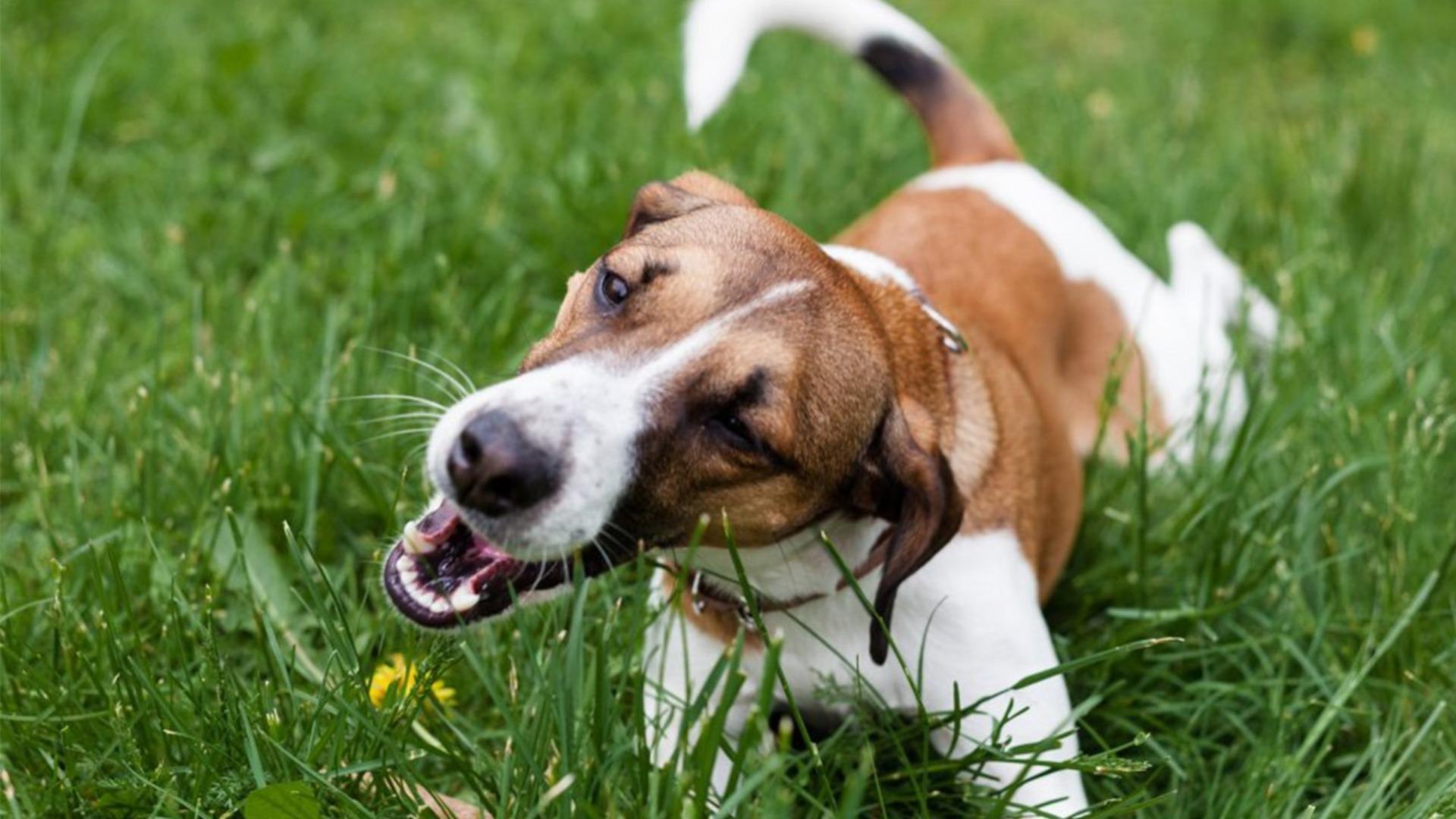On average, a dog may spend 3.3 minutes eating grass, per day. Now, when there are 1,440 minutes in a day, it doesn’t seem that much does it? However, when most dogs head on over to a grassy tuft and start eating, most owners start to worry, it’s certainly a question we are asked often here at My Pet Nutritionist. This is largely due to the common misconception that dogs who eat grass are nutritionally deficient or because vomiting sometimes follows a grass-eating session, they have an upset tummy.
Well, we’re here to explore why grass-eating may not be what you think it is, and we’re talking about cats too!
Plant Eating
Mammals can be roughly divided into three groups:
Carnivores,
Omnivores,
Herbivores,
Plants are the primary food source of herbivores and relatively abundant in the environment. The composition of plant tissue is quite different from animals; plant cell walls are rich in carbohydrates especially cellulose, which is difficult for animals to digest. Furthermore, several plants contain toxic compounds as built-in defences (to prevent being eaten). For these reasons, herbivores have developed unique digestive systems to detoxify these compounds and obtain nutrients from these plant cells. Cats, however, are unable to detoxify phenolic compounds found in plants.
The Struggle of The Cat in Our Toxic World
But there is historical evidence of plant material ingestion in carnivores, both cats and dogs. Some suggest it’s accidental intake, whereas others argue there may be some advantages to plant eating.
So why do dogs eat grass?
Illness
One particular study explored grass eating in dogs. All dogs participating in the study had a full health check carried out by a vet and they were deemed in good health. There were no reported parasites and did not have any diagnosed digestive issues. In 12 dogs, 709 grass eating events occurred. Vomiting only occurred after 5 events. The researchers concluded that there was no evidence grass-eating was linked to sickness.
Findings Here
Could it be that we tend to pay more attention to the instances that end in vomiting and therefore consider it sickness related? As humans we do seem to be hard-wired to remember negative experiences as opposed to positive ones.
Findings Here
Deficient Diet
There is also little evidence to support the idea that dogs eat grass to gain vital nutrients they aren’t receiving from their usual diet.
When explored, there was no indication that dogs fed a table scrap, commercial or raw food diet were more or less likely to eat grass. You’d think there would be some nutritional differences across the range of diets – but all dogs across that range of diets were still prone to grass-eating.
Findings Here
So, is grass just a food source to dogs?
When considering how much grass dogs eat and when, it is clear that dogs eat more grass before their usual mealtime. Dogs tend to eat more grass in the morning, then as the day wears on, time spent eating grass, reduces.
Findings Here
This data could suggest that grass-eating is simply a hunger response. As grass is often widely accessed, it’s an easy food source!
Parasite Control
Grass-eating behaviour is an innate predisposition inherited from wild canid ancestors. It is believed that purging on plants was an effective way to control intestinal parasites. Plant-material is difficult to digest and so it passes right through the digestive tract. As it passes through the tract, it takes the parasites with it. They are then simply pooped out.
Findings Here
Here its easy to panic and think, if your dog is eating grass, he must have worms; but no studies to date have shown this to be the case. Our dogs are simply demonstrating a behaviour that is innate to them.
Dogs under the age of one are noted as more frequent grass-eaters than older dogs. We can firstly consider this a behaviour; like babies, puppies too explore their world through their mouth, but researchers have suggested this is more likely related to their ability to fight pathogens. Maintenance metabolism, the energy required to maintain homeostasis, scales fractionally with body size and as such, smaller animals require more metabolic energy per unit of body mass. Therefore, energy loss caused by parasites has higher consequences for smaller carnivores. It is in the younger dog’s interest to ensure they remain free of parasites.
The same applies to cats. The energetic cost of parasite load is relatively high for the cat. In evolutionary sense, they would have also had a higher exposure to potentially harmful pathogens through increased food intake.
Plant eating in cats has also been considered a way to evacuate hair or undigested materials. Sugar-cane-derived fibres have been seen to reduce the size of hairballs in the scat of domestic cats.
An interesting cycle is proposed in the cat. Fleas are the main ectoparasite in the cat, and self-grooming with their rough tongue is one of the main removal strategies. As the flea load increases, the intensity of grooming increase, which is likely to increase ingestion of its own hair. So, plant eating could be a control for both ecto and endo parasites in the cat.
Findings Here
Is Eating Grass Bad For Dogs?
Whilst some dogs do vomit after eating grass, it’s not usually linked to any further complications. The issue arises when dogs eat grass that has been chemically treated.
There are many reports of glyphosate toxicity; a common product used to control weeds. Accidental exposure has resulted in vomiting, diarrhoea and lethargy. Dogs also develop respiratory distress. Cats appear more sensitive, more often resulting in fatalities.
Findings Here
Glyphosate and My Dog
You also have the risk of toxic plants which are not limited to, but include:
Sago Palm
Tomato Plant
Ivy
Amaryllis
Gladiola
American Holly
Daffodil
Milkweed
Castor Bean
Azalea/Rhododendron
Tulip
Chrysanthemum
Begonia
Oleander
There is little evidence to suggest any nutritional or illness related reasons for a dog to eat grass and there is consistency across the board, whether a dog is fed table scraps, a commercial dry or raw food diet.
The most likely explanation is that it serves as a food source, the other potential explanation is that it is simply an inherited behaviour for parasite control.
Despite grass eating often being an arbitrary behaviour, frequent vomiting, even just bilious, or regurgitation may warrant further consideration. It is also important to consider the contamination of the grass your dog is eating.
Why Is My Dog Regurgitating
If you are concerned about your pet’s eating habits, then check out our services to see how we may be able to help.
Thanks for reading,
MPN Team x

